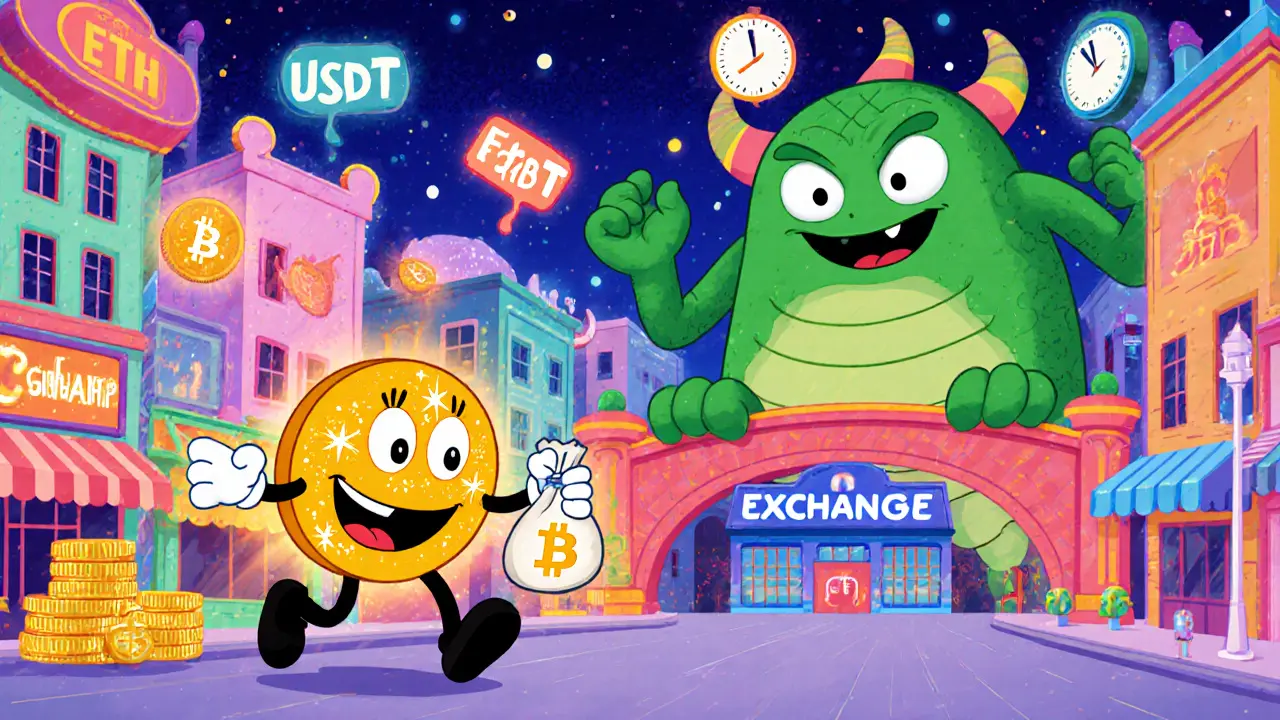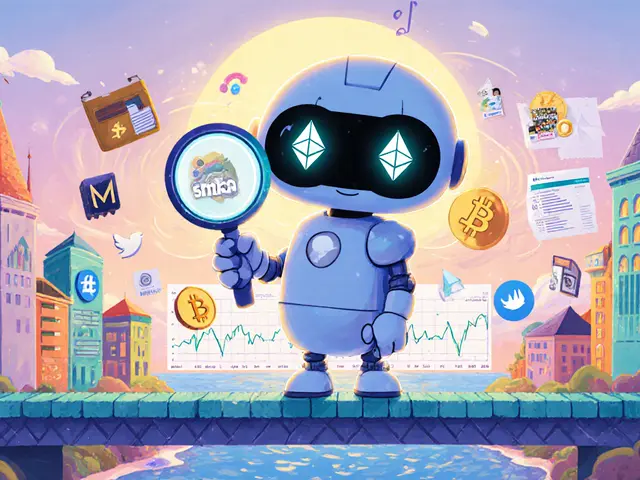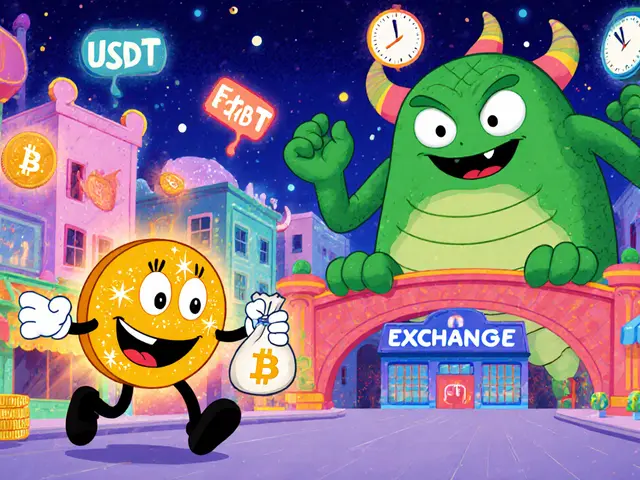Trading pairs define how arbitrage works in crypto markets. Learn how exchange, triangular, and DeFi arbitrage exploit price gaps between asset pairs-and why most traders fail to profit.
Arbitrage Opportunities in Crypto: How to Spot and Profit from Price Gaps
When you see arbitrage opportunities, the practice of buying an asset on one market and selling it instantly on another for a profit. Also known as price arbitrage, it’s one of the few strategies in crypto that doesn’t rely on guessing where prices will go—just where they already are. Unlike hype-driven tokens, arbitrage works because markets aren’t perfectly connected. A token might trade for $1.02 on Binance and $1.05 on KuCoin. That 3-cent gap? That’s free money—if you move fast enough.
Real arbitrage doesn’t need fancy algorithms or insider info. It just needs timing, access to multiple exchanges, and awareness of decentralized exchange, blockchain-based platforms like Uniswap or PancakeSwap where prices can lag behind centralized ones. On DEXs, low liquidity means even small trades can move prices. That’s why you’ll often see bigger gaps on newer tokens or obscure pairs. But here’s the catch: gas fees, withdrawal delays, and slippage can eat your profit before you even cash out. Successful traders track these gaps manually or with simple bots that alert them when spreads hit 1% or more. It’s not glamorous, but it’s repeatable.
And it’s not just about buying low and selling high across exchanges. DeFi arbitrage, exploiting price differences between lending protocols, liquidity pools, and spot markets is where things get interesting. For example, if Aave is offering 5% APY on ETH while Uniswap’s ETH price is depressed, you can borrow ETH, swap it on Uniswap, deposit it on Aave, and pocket the difference—all in one transaction. But again, this only works if you understand how each protocol works and how fast you can execute. Most people miss these windows because they’re waiting for a ‘sure thing.’ The truth? The best arbitrage opportunities vanish in seconds.
Looking through the posts here, you’ll find plenty of examples where price gaps opened up—like during airdrop surges, exchange listings, or sudden liquidity shifts. Some projects, like DeepBook Protocol on Sui, offer on-chain order books that make these gaps easier to spot. Others, like Baryon Network, are so inactive they’re useless for trading. The difference between profit and loss isn’t luck. It’s knowing where to look, when to act, and when to walk away.





